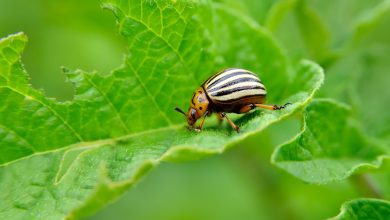How to plant a plant correctly
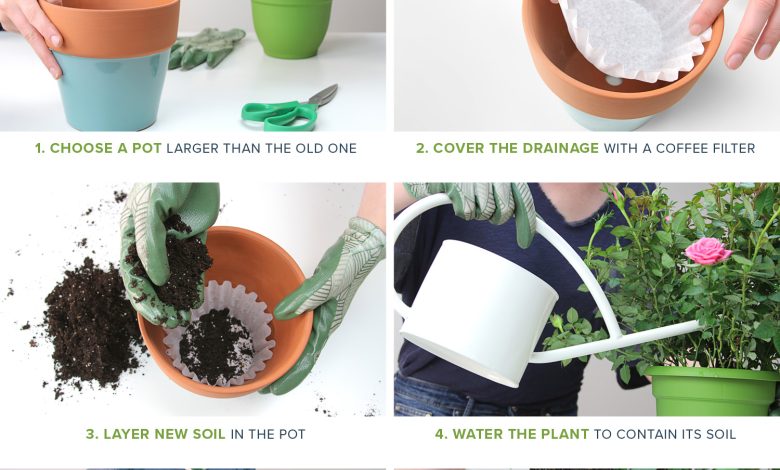

Now that the time to sow and recover the garden is approaching, let’s take a moment to pause. Or, what comes to the same thing, let’s take a closer look at one of the most common tasks in the garden which, despite its simplicity, has its nuances. We refer to how to plant a plant correctly. A task that we are all sure of doing well due to its incredible ease, but that has certain details that we are usually unaware of. Some that make the difference between what we sow goes ahead and what doesn’t. Enough argument to know in detail how we should carry out this work.
How to sow a plant correctly is not just putting a seed in a substrate. And yes, it is. From it will be born the plants that we want to have, so we cannot take this task lightly. A seed is, in itself, a huge piece of life despite its dimensions. And, like any beginning, this is fundamental for the development of the plant. It is useless for our seed to germinate correctly if it is not capable of moving forward. For this to happen, the time of planting is as crucial as all the care we give it afterwards.
Thus, let’s see how to plant a plant correctly, taking into account both the form and the circumstances at the time of planting. The best way to know that what we deposit in the ground will grow as expected.
HOW TO PLANT A PLANT STEP BY STEP
Although it is little known, knowing how to plant a plant will also help us in vital aspects of its cultivation. Planting is so important that even the amount of irrigation water that we have to dispense to a plant depends on it. But it is not the only thing. A well-planted seed will need less fertilizer, in addition to being less exposed to pests. Some benefits that not only apply to garden plants but also to orchard plants.
And, now that we know how important it is to know how to plant a plant, let’s see how we should do it.
1. Correctly choose the type of plants and their planting time
Something that we do not usually contemplate, and that is fundamental. The usual thing is that we get carried away by impulse, choosing seeds of the plants that we like. And yes: hopefully, it can work. But, on many occasions, the easiest thing is for this behavior to lead us to frustration. Only if we take the time to review the requirements of each type of plant will we be able to bring our sowing to a successful conclusion. So, no matter how optimistic we may be, we will never be able to plant a plant with a high need for sun if the place we are going to use for its cultivation lacks it.
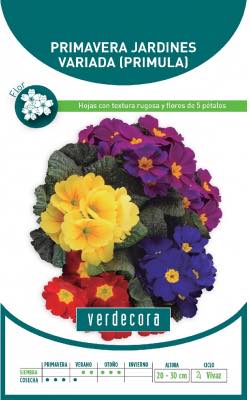
But it is not the only thing we have to be careful about. When we talk about how to plant a plant, we must inevitably consider when. Something that, again, involves taking a thorough look at the instructions on each packet of seeds. Because, as happens with planting the wrong species, if we plant when it’s not right, it is most likely that our plants will not prosper.
2. Organize the species according to their needs and characteristics
Again, it’s time to pause before planting our plants. And it is essential. Each plant species has certain characteristics, both in terms of its needs and its peculiarities. Knowing them in detail will allow us to group our seeds according to them to avoid, for example, planting species with low water demand together with other irrigation lovers.
And not only that: there are plants that cannot coexist with each other. Either because the growth of some prevents that of others, because it is invasive, or because the height of one can prevent the sun exposure of another. Whatever it is, the ideal is to inform ourselves thoroughly before sowing.
3. Prepare the soil, vital when we talk about how to plant a plant
The condition of the soil in which we plant will depend on whether our seeds can grow happily. For this reason and before starting to work on it, it must be evaluated. If it is too dry, the ideal is to moisten it to handle it better. On the contrary, if it is too wet, the ideal is to slightly postpone the sowing task. If we continue it, we run the risk that the seeds will rot before they even germinate.
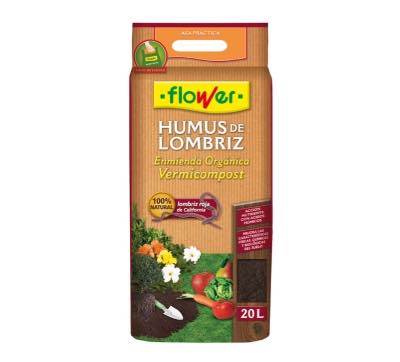
When we sow directly into the ground, we will have to start by removing everything that can hinder the growth of the plants. Something that not only refers to the stones, leaves or sticks that may be. It’s also a great time to eradicate weeds to prevent these plants from stealing water and nutrients from the seeds.
With the ground clean and healthy, it is time to take the hoe and dig a layer about four centimeters deep. We will take advantage of this task to break the clods of earth that may have been created during the winter. Thanks to this task, the soil will be looser and more receptive to hosting the seeds. It is also advisable to rake the soil to make it more airy and fluffy.
4. Check the condition of the seeds
Something essential. If we have some old seeds or those that have not been properly preserved, it is most likely that the plants will not be able to grow. But even if they are brand new, we will have to throw some away if they are not suitable. How to know which ones are suitable? Putting them in a glass with water and stirring. Those seeds that float will have to be discarded from sowing.
5. Sow as indicated
How to plant a plant is not just making a hole in the ground and inserting it inside. Nothing further! To begin with, it is essential to know what is the recommended planting technique for each species. Direct sowing are the least demanding, as they can simply be placed in a hole or row in the ground. It is important to consider the recommended distance between seed and seed, so that they have the necessary space to grow when they start to do so.
However, it is not the only way to grow a plant. We can also do it by broadcast sowing system. Or, what is the same, throwing the seeds freely and in the most uniform way possible at random. It is usually used for sowing small seeds that do not require much soil on top.
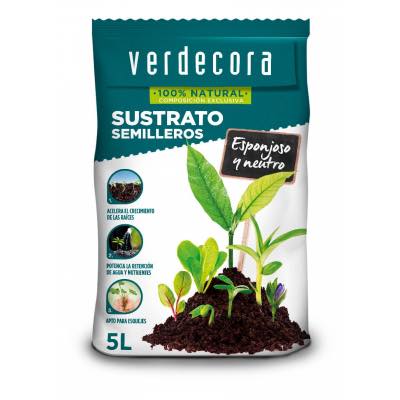
Finally, we will reserve the sowing in the seedbed for certain flowering plants and more delicate crops. As its name indicates, it must be done in seed containers and, fundamentally!, using a specific substrate for seedbeds. Thanks to it, our plant projects will have all the nutrients they need to grow.
6. Create mulch to protect the seeds
If you thought that how to plant a plant was over, let’s take one more precaution. With our soil planted, the ideal is to create a mulch. A technique that consists of creating a new layer of earth between five and 15 centimeters. Thanks to it, we will not only be protecting the newly planted seeds from the cold. We will also be providing it with an extra hydration capacity, since as it is a new organic substrate, its capacity to retain water is greater.
To make a correct padding, the ideal is to mix it with both organic and inorganic materials such as wood bark or marble.
7. Water abundantly
Essential, especially for small seeds! The ideal is to do it with a watering can that simulates rainwater. In this way, not only will it penetrate the soil better, but it will also be less aggressive with the seeds.
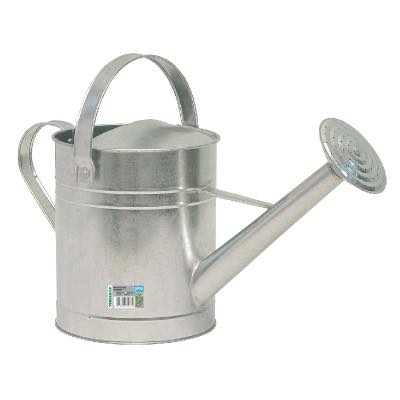
Now that we know how to grow a plant, it does not mean that the task is over. In fact, it has only just begun! Because now our function will be to carry out a close monitoring of our seeds, trying to avoid climatological extremes. How? Giving them shade when it’s very hot, and protecting them with plastic if the temperature drops too much.
A task, that of surveillance, that will not cost us after knowing how to plant a plant. Because it will be thanks to her that we discover, day after day, how nature will never stop surprising us.


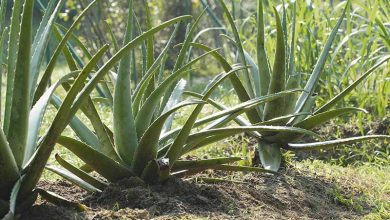
![Photo of Plant Cilantro: [Cultivation, Care, Land, Irrigation and Pests]](https://www.complete-gardening.com/wp-content/uploads/2022/08/plant-cilantro-cultivation-care-land-irrigation-and-pests-390x220.jpg)
